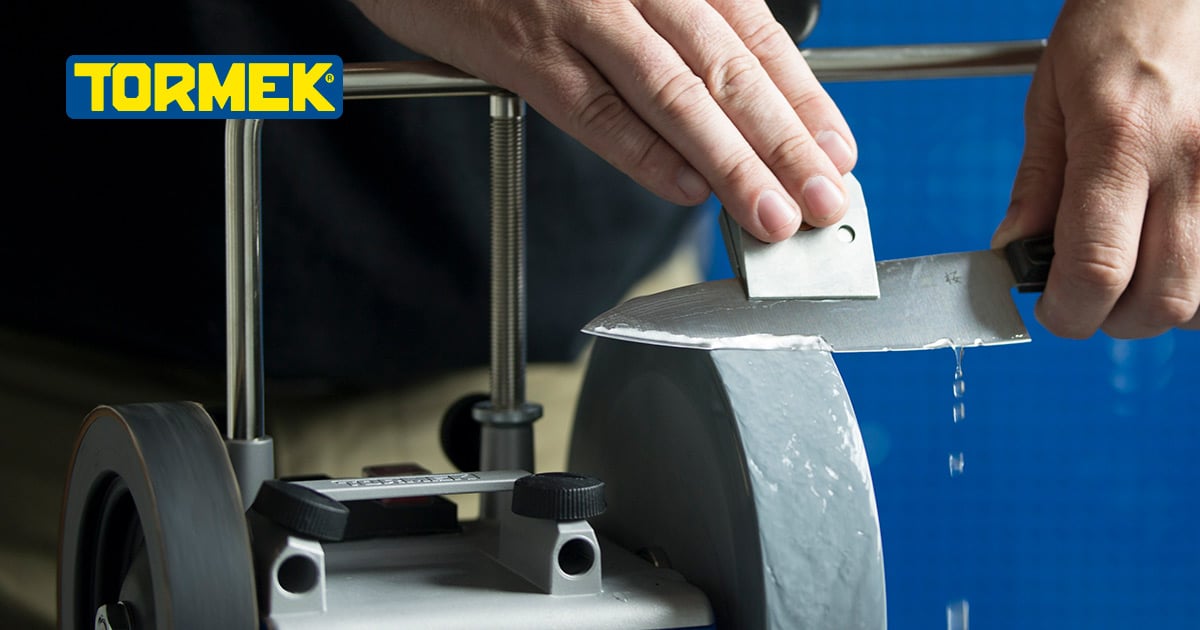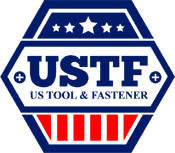Understanding the intricacies of homeowners insurance is key for remodeling business owners prior to beginning any remodeling or construction project. Insurance policies can be complicated for everyone involved, from the client to the contractor to all of the sub-contractors. Each of these parties is required to have coverage, and it’s imperative that everyone understands which parties are covered by which policies so that everyone involved feels comfortable and confident that they are protected. That way, you can rest assured before the work even begins that should a mistake or accident occur, there will be no surprise claims filed.
The most important thing to find out going into a project is where exactly the homeowner’s insurance ends and where the remodeler’s begins. You should be fully aware before any work is started who will be taking responsibility for what.
Evaluate Your Own Insurance
You should always consult your broker before beginning a project. Insurance coverage can contain a wide array of variables dictated by the insurance company and mandated by state law. A complete understanding of all these variables and your coverage options will give you a solid foundation before you get started. For instance, you should know in advance whether the homeowner’s insurance will hold them liable if you or an employee are injured on the job.
Policy Limits
A complete understanding of your business’ policy includes a complete understanding of that policy’s limits. General liability limits vary, but most general contractors carry a $1 million limit. This is enough for most contractors, but, depending on where you’re located and the scope of the job, you may need a policy with a higher limit to make sure you’re protected.
Umbrella Policies
Talk with the homeowner about the possibility of an umbrella policy that protects you both. If one of your workers or subcontractors is injured on the job, it’s not uncommon for them to file a claim against both you and the homeowner. As you are both potentially liable in these situations, this kind of policy can go a long way to making sure everyone involved is comfortable and confident going into the project.
Subcontractor Insurance
You should require any subcontractors to name you as an additional insured party on their policy. This will allow you to speak with the their insurance company in case a claim is filed. If for some reason the subcontractors do not have insurance, you should be willing to provide the necessary coverage. Also, on your end, including a “hold harmless” clause in your contract with subcontractors will protect you from having to pay for damages caused by subcontractor’s mistakes, no matter when they are discovered.
Transparency
Ultimately, maintaining transparency is key to fostering a trusting relationship with the homeowner and ensuring the project runs as smoothly as possible. You should make it a practice to provide all current insurance certificates, including those of your subcontractors, to the homeowner, and you should expect the same transparency in return.









